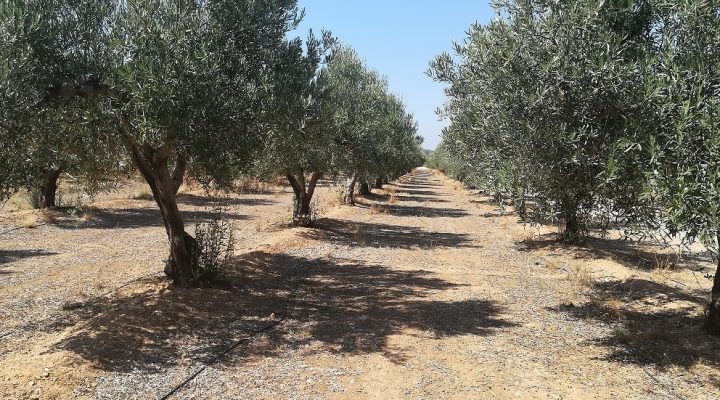Just how to write an exposition paper properly and what errors cannot be done
Exposition is some sort of penned work which takes an intermediate position between dictation and structure. The presentation is a work with perception, comprehension, transmission associated with the content for the text, in addition to its creative and stylistic features.
Based on the nature for the text material, various kinds expositions are distinguished:
- Narrative (with plot, plotted content)
- Descriptive (or with description elements)
- Statement-reasoning (or with aspects of thinking)
Typically, a mix of several kinds is noticed in texts. Therefore, into the text that is narrative for the description in many cases are included, in descriptive texts there clearly was often a thinking, plus in the exposition-reasoning there sometimes is both a description and a narrative. It is crucial in order to differentiate one or any other variety of presentation through the text, since all of them has its own peculiarities.
Narrative or plot presentation
Narrative or plot, presentation may be the simplest kind of work. It may handle present events, the full life of individuals (or towns and cities, nations, etc.), the character of some type of task, etc. The narrative is normally creative, but possibly solely informative. The main story in the narrative is details about successive occasions.
The typical error of narratives is an unjustified repetition of terms when you look at the original area of the statement containing exactly the same variety of information. To prevent this, it is important to concentrate on how the authors that are professional without repeating the text indicating the actor or even the series of occasions. One must bear in mind a specific regularity in the use of spoken kinds.
To effectively deal with the narrative text, you will need to explain its theme as well as the idea that is mainfrequently it’s enclosed into the title of this text). You will need to identify micro-topics and attempt to head each of them. The task in the presentation is systematized if the entrant answers for himself the questions that are following
- 1. Can there be information in each one of the fragments, without which all of the subsequent narrative will be incomprehensible?
- 2. Just What details of the activities are very important for the development of the action, when it comes to disclosure associated with the primary concept, and which ones could be omitted? Why?
- 3. Just How could be the thought expressed in each fragment developed more concisely?
- 4. So how exactly does the author relate with the figures?
- 5. Which ones could be called the primary character? How can this character relate solely to the main notion of the text?
Descriptive exposition paper
Descriptive exposition is a more complex (if you don’t the most complex) sort of work. A state, an external portrait of a person, etc.) and its signs in descriptive exposition there is always a static picture conveying the detailed image of an object (a phenomenon.
When writing this sort of presentation, it is necessary to not ever lose sight of each item, all things which makes within the picture that is overall.
To replicate the writing from the description of this topic, you need to ask yourself questions:
- 1. Do you know the information on the topic and just why were they chosen for the show?
- 2. Exactly What signs and symptoms of these details are drawn in the text?
- 3. Just How are these symptoms grouped (compared)?
- 4. What language tools are utilized?
When you look at the responses to these questions, preparation for the exposition-description is manufactured. Work they must be described in strict unity, which draws the whole picture on it is related to the ability to distinguish between essential and nonessential attributes. The memory “failed” and the text is not captured completely, erudition can help out: personal impressions or additional knowledge in this area will help in writing the presentation if we are talking, for example, about the collection of books, pictures, collections of stamps, badges, etc., libraries, museums, sights of the native land and if during the work on their description.
Exposition-reasoning paper
The final kind is exposition-reasoning. This type of work most complicates the entrants. Analytical thinking, the capability to respond to not just the concern ” What and where is occurring?”, But additionally the concerns “Why is going on?”, “which are the origins of what exactly is taking place?”, ” What later on?” Might help quite definitely.
Focus on this particular presentation requires the solution of several problems:
- 1. highlighting in the text of all of the the different parts of reasoning;
- 2. clarification associated with idea that is main of utterance;
- 3. constructing arguments with complex arguments;
- 4. collection of language facilities;
- 5. reproduction for the text from a 3rd party;
- 6. building their own reasoning, justifying in conclusion from just what was said.
Exposition-reasoning helps the growth of rational reasoning, accustoms them to deploying arguments my essay service reviews, substantiating their positions, along with to accurate wording associated with the theses submit within the work, plainly determining the objective of the utterance.










